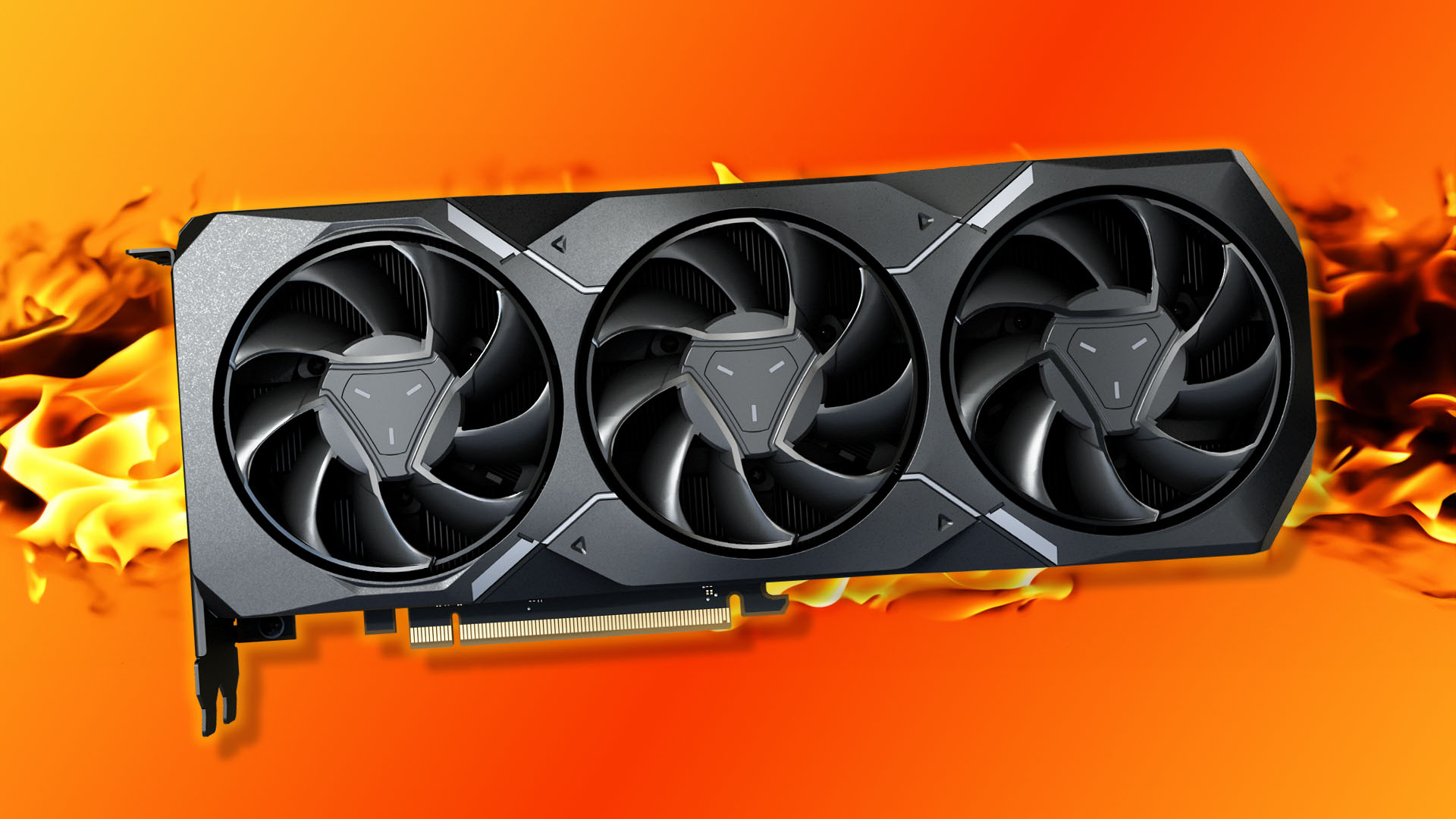One of AMD’s forthcoming new GPUs has seemingly just appeared in the Geekbench result browser, with the listing revealing some of the key specs of this new graphics card. It looks as though the first AMD Radeon 8000 GPUs are now being tested prior to launch, giving us our first glimpse of what could be in store with the new series based on the RDNA 4 architecture. If this listing is right, though, then the specs look pretty underwhelming.
Current rumors already point to AMD focusing on mid-range performance with its new Radeon RX 8000 lineup, and leaving the flagship best graphics card title to Nvidia. This wouldn’t be the first time AMD took this strategy either, with its Vega and first-gen RDNA GPUs also sitting below Nvidia’s top-end options at the time.
In this case, the GPU in question not only looks like a mid-range option, but also one that’s at the bottom of that segment. In the Geekbench listing, the device ID is listed as “gfx1201,” which has previously been shown to line up with the forthcoming Navi48 chip, which is expected to be based on the new RDNA 4 architecture.
The listing shows this GPU as having 28 compute units (CUs) which, if RDNA 4 is anything like RDNA 3, will effectively mean it has 56 CUs, due to AMD’s dual-issue CU design. However, even AMD’s sub-$500 Radeon RX 7800 XT has 60 CUs, putting this new GPU close to the spec of the current Radeon RX 7700 XT (54 CUs) in terms of raw numbers. Meanwhile, the maximum frequency is shown as only hitting 2,101MHz, which is in a similar league to the 2,171MHz game clock of the Radeon RX 7700 XT.
However, as this is clearly an early sample, we wouldn’t read too much into the clock speed right now, as this could well be higher when the final silicon is released. Likewise, the benchmark results themselves are significantly slower than what we’d expect from even a budget GPU right now, so the drivers are clearly at very early stages.
Unlike the Radeon RX 7700 XT, however, this GPU is shown as having 16GB of VRAM, which means it’s very likely to have a 256-bit memory interface. A recent post by regular tech leaker Kepler_L2 on X (formerly Twitter) also appears to confirm the speed of the VRAM. The post lists three sets of numbers, which look like they represent the width of the memory interface, followed by the frequency.
A pair of “256” options are listed, which look as though they run at 20GHz and 18GHz (effective). With this information, we estimate that this new GPU with 56 compute units has 16GB of 18GHz (effective) GDDR6 VRAM attached to a 256-bit memory bus. We’d also hazard a guess that it’s likely to be called the Radeon RX 8700 XT. This would also mean that there’s another, higher-spec card with 16GB of 20GHz (effective) VRAM in the works, possibly with 60 compute units enabled.
Previous rumors have suggested that AMD has at least two new RDNA 4 GPUs in the works, called Navi48 and Navi44, and it now looks as though Navi48 is the lesser of the two. This follows some previous AMD GPU naming conventions, where a higher number means a less powerful GPU – the top-end Radeon RX 7900 XTX uses a Navi31 GPU, for example, while the Radeon RX 7600 uses a Navi33 GPU.
Could this mean that Navi44 is going to be more powerful than the Navi48 chip seemingly listed in the Geekbench results browser? We hope so, as gamers need healthy competition to keep prices in check.
Of course, there’s also more to performance than the sheer number of compute units, and changes in GPU architecture can mean you’re likely to get much more performance per CU when you move to a new generation. The last-gen Radeon RX 6800 XT has 72 CUs compared to just 60 in the faster Radeon RX 7800 XT, for example. As always with early tech rumors, bear in mind that none of the above has been confirmed by AMD, so take it with a pinch of salt for the moment.
While AMD’s top-end GPUs struggle to compete with the very best offerings from Nvidia right now, we’ve been impressed by its mid-range graphics cards based on the RDNA 3 architecture. Take a look at our Radeon RX 7900 GRE review to see why.



